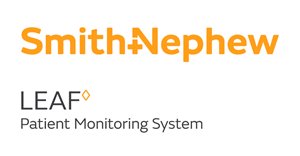Reducing Pressure Injury Incidence in Critical Care With Turn Cueing
Hospital-acquired pressure injuries (HAPIs) continue to rise despite progress made in reducing all other hospital-acquired conditions (HACs). According to the Agency of Healthcare Research and Quality, HAPIs are associated with 60,000 annual deaths and cost our health system more than surgical site infections, falls, catheter-associated urinary tract infections, deep vein thrombosis, ventilator-acquired pneumonia, Clostridium difficile infections, and central line-associated bloodstream infections combined.
Regular patient turning and repositioning are cornerstones of any pressure injury prevention program, yet research shows that on average about half of patients are not turned according to their protocols. The latest 2019 international clinical practice guideline for prevention and treatment of pressure injuries includes several recommended strategies to improve patient turning and repositioning. One of the recommendations is to implement repositioning reminder strategies—such as wearable patient sensors—to promote adherence to repositioning regimens.
This case study presentation will review the objectives and outcomes from a HAPI-prevention initiative in critical care at the Mayo Clinic, Jacksonville, Florida that implemented a wearable sensor turn cueing system to improve turn protocol adherence and reduce hospital-acquired pressure injuries.

Sponsored by:

DOWNLOAD NOW FOR FREE!
Which of the following best describes your position level?
By downloading this resource, I agree to sign up to receive newsletters and special offers from HealthLeaders and the sponsor. I understand that I can opt-out at any time. Privacy policy.